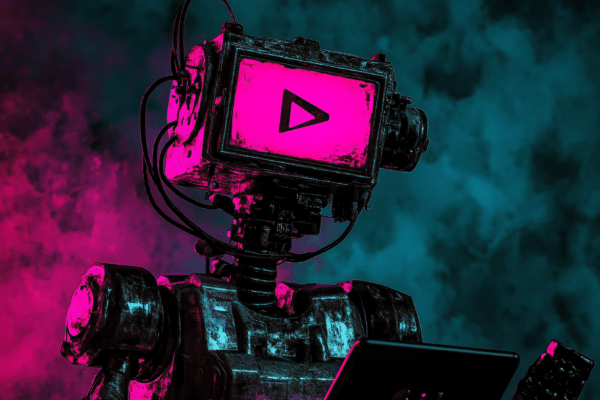The three most common services offered by AI in the legal world include automated contract review, legal search, and drafting.
We explain the basic terms to understand how AI understands humans and how it can mimic the way we speak.
The new wave of artificial intelligence will reach all professional fields. Legal practice is no exception. This sector is characterized by the adoption of new technologies, so much so that the term LegalTech has been coined. Within this category, there is LegalAI, the use of artificial intelligence in the legal world.
To understand what the use of AI in the legal industry means, we need to look at the basic concepts. According to Thomson Reuters' legal department, the range of AI services in the legal sector is divided into three broad areas. Let us take a look at these.
1. Contract review
There are automated tools such as Latch or Lawgeex that can review contracts to analyze legal agreements, whether they are employment, commercial, or other contracts. They can extract useful data from these texts or check whether the clauses are compatible with the legislation. In this way, AI speeds up the definition of legal contracts, points out anomalies or potential problems in the content, or summarizes for the client the situation that arises from the contract in question.
2. Legal research
This is one of the main areas in which artificial intelligence can support the work of lawyers. AI systems such as Lex Machina or AI Lawyer are used to check information on legal practice and laws and regulations. It is a more sophisticated search than a query or a request to a database. These tools learn from the questions lawyers ask to refine the result. The process is different from a keyword search, which returns a long list of documents. The AI answers try to focus on what the lawyer is interested in and leave aside unnecessary information.
3. Intelligent interfaces
This area has grown the most in the last year thanks to tools such as ChatGPT, Harvey, or CoCounsel. The value offered here is to help lawyers complete certain basic tasks such as filling out documents and forms or drafting motions. However, intelligent interfaces are increasingly integrating more functions and now also cover data extraction and legal searches as well as contract review. The trend is therefore towards concentrating the benefits in a single AI to cover as many tasks as possible.
Basic concepts for getting started with legal AI
If you are immersing yourself in the world of legal AI, you should know a few basic terms so that you do not lose track. These concepts will help you understand how artificial intelligence works and what benefits it can have for legal practice.
Chatbot
This is a computer program based on artificial intelligence. Chatbots have been used for years to automate customer service on websites. They asked questions and gave simple or predefined answers. However, these tools have since evolved and allow people to interact with them naturally. They use NLP technology. ChatGPT or Google Bard would be an example of a chatbot.
NLP
Natural language processing (NLP) is a branch of artificial intelligence that aims to understand people and respond to them in natural language. In this way, an AI can be given instructions as if we were talking to a human, and it can understand documents and write them in a way that humans can understand. This is a huge leap from the way we have interacted with computers up to now. NLP is a fundamental part of LLMs.
LLM
The abbreviation stands for Large Language Model, and you can say that these are AI models. They are the engine behind chatbots such as ChatGPT or Google Gemini. They are trained with a huge data set, with documents of all kinds, with websites, all to understand texts and generate them. They use NLP technology to learn from the texts that are fed to them to expand their capabilities.
Prompt
These are the instructions we give chatbots to perform a task. They can be simple, such as: "Compose an email to inform employees that there is a company-wide meeting next Monday." However there are many formulas to improve the result that chatbots produce. Instead of asking, "Draft a complaint to remove a penalty," someone might get a more professional text if they use the following prompt: "You are a lawyer and know the law in detail. Draft a complaint to remove a penalty."
Hallucination
This term is used when artificial intelligence provides incorrect results. Since chatbots tend to give their answers with utmost confidence, they are said to hallucinate when they do not provide a correct result. Therefore, it is always advisable to check the content generated by AI.
If you want to know more, read our article on how AI is changing the legal world.






